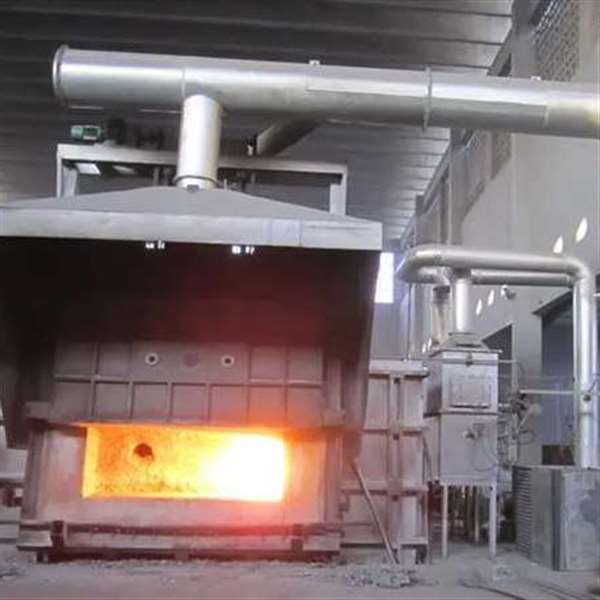Aluminum Profile Manufacturing: Core Technologies
As the key stage in aluminum profile production, the melting and extrusion processes directly impact the strength, surface finish, and overall efficiency of the final product. This article explores advanced practices and equipment used by leading manufacturers.
Precision Melting and Casting Control
The melting and casting process begins with strict control of raw materials. For 6063 alloy, aluminum ingots (≥99.7%), aluminum-silicon alloy (Si: 12%), and high-purity magnesium ingots (≥99.9%) are blended to meet GB/T 3190 standards. Using double-chamber furnaces with gas heating, the melt is maintained at 730–750℃. Electromagnetic stirring ensures composition uniformity, while rotary degassing (e.g., SNIF) reduces hydrogen to under 0.1ml/100g, minimizing porosity.
For casting, deep well systems use water-cooled crystallizers to cool rapidly at 100–200℃/min, forming 90–254mm diameter bars. Casting speeds reach 4–8m/min, regulated by liquid level sensors. Ingot homogenization at 575℃±5℃ for 6–8 hours reduces segregation. Cooling with air or mist prevents β-AlFeSi phase, improving workability.
Advanced Aluminum Extrusion Process
Before extrusion, billets are heated to 480–500℃ (±3℃) and held for uniformity. Dies are preheated to 450–480℃ to reduce stress. Extruder capacity varies by profile size, typically 800–3600 tons; 1600-ton lines are common for solar frame production.
Dual traction systems synchronize with extrusion speeds (0.5–30m/min) to reduce deformation. Isothermal control at 500–520℃ prevents cracking. Servo-driven high-speed extrusion lines (e.g., SMS) boost speed 20–30% and use titanium nitride-coated dies for extended life (over 1000 tons). Flat-barrel and multi-hole dies meet structural needs like EV battery trays and hollow sections in a single step.
Post-extrusion, online quenching (to <60℃) achieves T5/T6 properties. Tension straightening (0.5–3% stretch) ensures straightness ≤0.5mm/m and high dimensional precision.
Innovation and Industry Trends
Smart upgrades are driving the aluminum industry. AI-based process control raises yield (e.g., 98.5% at Fenglu), and digital twin simulation reduces mold testing time by 30% (as seen at Ube, Japan). Green practices include 95% waste reuse and RTO technology to cut melting energy by 15%. Low-temperature extrusion (420–450℃) cuts emissions by 20%.
Applications are expanding. EV battery shells use integrated extrusion to reduce weight by 30% and boost strength by 25%. Solar frames use thin (1.4mm) high-strength profiles (≥160MPa) for lighter, more durable components. These advances help firms compete in high-end sectors like aerospace and clean energy.
Future Outlook for the Industry
Aluminum profile manufacturing is advancing toward higher precision, intelligence, and sustainability. Innovations in alloy design, equipment (e.g., servo extruders, smart furnaces), and digital control will continue to enhance competitiveness. As the industry prioritizes lightweight and eco-friendly solutions, the next generation of extrusion and casting technology will lead the way globally.



